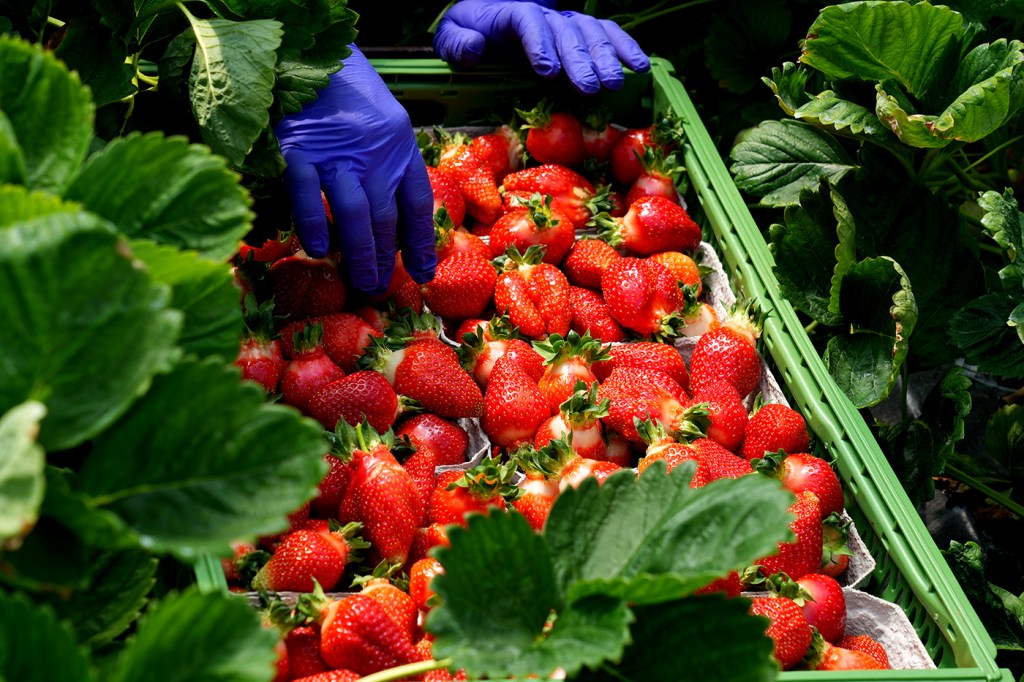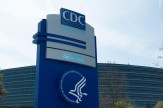People are getting Hepatitis A from strawberries. That’s just ‘the tip of the iceberg.’

The Food and Drug Administration is investigating a possible link between two brands of organic strawberries and a country-wide outbreak of Hepatitis A.
According to the FDA, strawberries branded FreshKampo and HEB that were purchased between March 5 and April 25, 2022, are a “likely cause” of the outbreak. Consumers are advised to throw away any FreshKampo or HEB strawberries that they may have purchased and frozen during that time.
The strawberries have been linked to 17 cases of Hepatitis A and 12 hospitalizations in the U.S., including 15 cases in California. In addition, Canada has reported 10 confirmed cases and four hospitalizations. Hepatitis A symptoms take about two to seven weeks to develop after exposure and can include nausea, jaundice, and vomiting, according to the FDA.
The recall is the latest in a series of recent high-profile food safety failures. And while Northeastern associate teaching professor Darin Detwiler says that this issue is not new, he says it does represent a larger, more troubling pattern in corporate corruption.

“There is no company that is immune to a pathogen,” says Northeastern associate teaching professor Darin Detweiler. Courtesy Photo
“Unfortunately, we have to live with the fact that there is always going to be pathogens or viruses that could contaminate our foods,” Detwiler says. “There is no company that is immune to a pathogen.”
He cites three ongoing cases, including the closure of the Abbott Nutrition baby formula production plant in February, a May recall of Jif peanut butter due to possible salmonella contamination, and the closure of a Family Dollar distribution center after a rodent infestation.
What’s unique about the strawberries among these cases, however, is that they are made “ready to eat.” Strawberries aren’t usually cooked, and people usually don’t wash them before eating, Detwiler says.
This means Hepatitis A was able to survive on the surface of the strawberries, which reached the fruits via a few possible routes, Detwiler says: Either the workers dealing with the strawberries weren’t washing their hands properly or were washing their hands with contaminated water, or the water used to irrigate the strawberries was contaminated by sewage.
Those who cooked or washed their strawberries may have removed enough of the virus from the fruit to avoid getting sick. But unfortunately, Detwiler says, this isn’t a given.
“If water is contaminated with Hepatitis, the strawberry comes into direct contact with the virus, and it’s not likely to be washed off, because they’re very delicate; it’s not a smooth surface,” he says. “It’s not easy to wash it off. So the virus can hide.”
One of the deadliest outbreaks in U.S. history, he says, is linked to cantaloupe, a fruit that has plenty of nooks and crannies where viruses can hide.
Who is at fault for not protecting the 27 consumers who have developed Hepatitis A? The immediate cause of foodborne illnesses, Detwiler says, is companies not taking correct sanitation and testing measures.
But when he looks at the bigger picture, he sees another issue that these companies have in common: corruption. In fact, food safety failure is generally “the tip of the iceberg,” he says, of corporate mismanagement. Chipotle, which was found to be responsible for a norovirus outbreak between 2015 and 2018, was also found to have committed over 13,000 child labor laws between 2015 and 2019. In 2015, the CEO of the Peanut Corporation of America was sentenced to 28 years for knowingly selling contaminated products; he was found guilty of fraud and obstruction of justice. The former president of Blue Bell Creameries was indicted in 2020 for similar crimes after a 2015 outbreak of listeria.
“It’s never just about this food safety failure,” he says. “What you end up finding is that there is a pattern of poor decisions and executive missteps that are far beyond food safety.”
The impact can be tragic. Three thousand Americans die each year from foodborne illnesses, Detwiler says.
“That’s 3,000 families every year that end up living with a chair forever empty at the family table because somebody did not take something seriously; someone did not prioritize other people’s safety,” he says. “Much of these could be prevented,” he says, if companies didn’t prioritize profit margins over safety.
Fortunately, there are some measures that consumers can take to protect themselves, Detwiler says.
Handwashing is one of them. And even though it may be nearly impossible to remove viruses from strawberries, it “couldn’t hurt” to wash them, along with other supposedly “ready-to-eat” foods like grapes, apples and berries.
While an “organic” label doesn’t mean much when it comes to food safety, Detwiler says, it can help to buy locally sourced or hydroponically grown fruits and vegetables.
Detwiler also hopes the outbreak will remind consumers that contamination can come from unlikely places.
“When people get sick with a food-borne illness, they always think, ‘when did I have a hamburger?’ or, ‘when did I eat chicken?’ or something like that,” he says. “They don’t think about strawberries.”
For media inquiries, please contact media@northeastern.edu.






